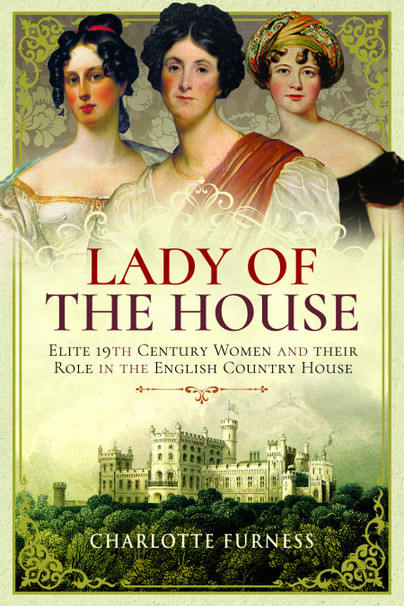
Publication Date: 3rd July 2018
Format: Paperback
I.S.B.N.: 9781526702746
Price: £12.99
Blurb
This book tells the true stories of three genteel women who were born, raised, lived and died within the world of England’s Country Houses. This is not the story of ‘seen and not heard’ women, these are incredible women who endured tremendous tragedy and worked alongside their husbands to create a legacy that we are still benefitting from today.
Harriet Leveson-Gower, Countess Granville was the second born child of the infamous Georgiana, Duchess of Devonshire who married her aunt’s lover, raised his illegitimate children and reigned supreme as Ambassadress over the Parisian elite.
Lady Mary Isham lived at Lamport Hall in Northamptonshire with her family where, despite great tragedy, she was responsible for developing a house and estate whilst her husband remained ‘the silent Baronet’.
Elizabeth Manners, Duchess of Rutland hailed from Castle Howard and used her upbringing to design and build a Castle and gardens at Belvoir suitable for a Duke and Duchess that inspired a generation of country house interiors.
These women were expected simply to produce children, to be active members of society, to give handsomely to charity and to look the part. What these three remarkable women did instead is develop vast estates, oversee architectural changes, succeed in business, take a keen role in politics as well as successfully managing all the expectations of an aristocratic lady.
My Review
Rosie Crofts sent me this book as part of one of my packages of Pen & Sword books, and my gran is getting this one for Christmas. She likes country houses.
Furness explores the lives of three women who changed the houses they found themselves mistresses of from old fashioned or run-down to modern country houses, employing the most prestigious architects and builders of their day. It’s an interesting volume for those interested in the development of the 19th century country house, and the place of the lady of the house in it’s development.
I enjoyed the biographies of the women as well; they are not what you expect from 19th century genteel women. They aren’t retiring, social butterflies, producing heirs and spares and doing nothing useful.
There were a few typographical errors and some of the writing was a bit turgid, but generally it was well-written.
